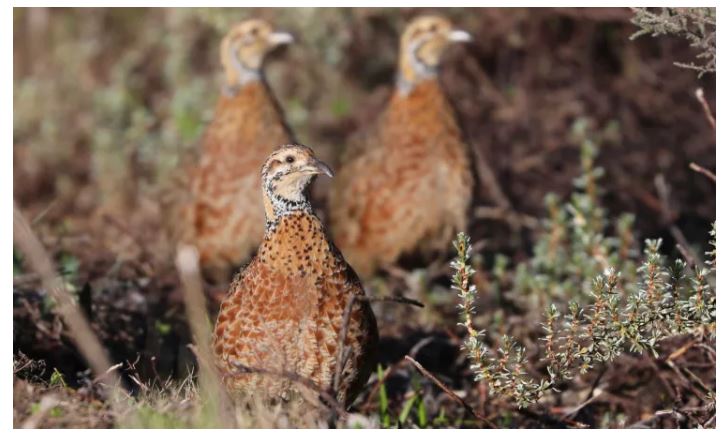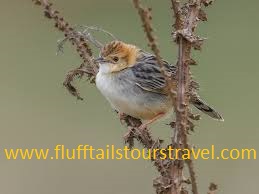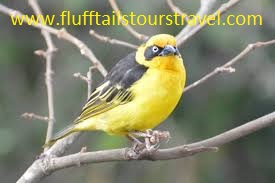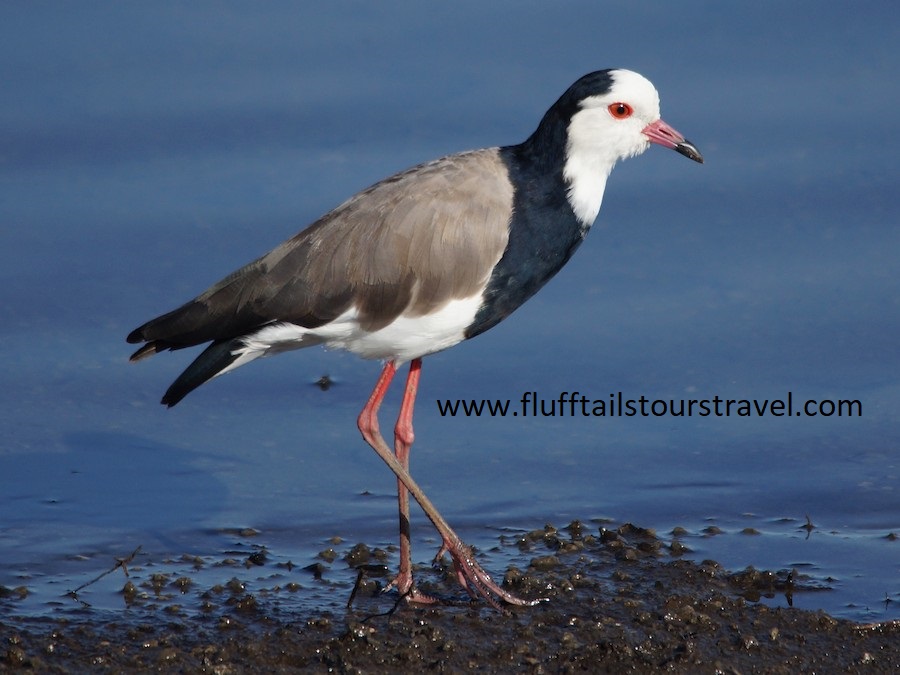Services
Why Chose Aberdare National Park
Aberdare National Park is a great location for birding, particularly for those interested in forest and moorland species. The park's diverse habitats, including bamboo forests and moorlands, support over 290 bird species recorded, including many rarities. Best birding times are generally from November to April, coinciding with the presence of migratory birds and the breeding season for many resident species. Striking forest birds that might be seen at the tree hotels include Hartlaub’s turaco, silvery-cheeked hornbill and cinnamon-chested bee-eater. Birding highlights at higher altitudes include the localized Jackson’s spurfowl, handsome augur buzzard and endemic Aberdare cisticola. A variety of nectar-feeding sunbirds, including the very localized and colorful scarlet-tufted malachite sunbird, are attracted to flowering plants.
Aberdare National Park – A Unique Volcanic Ecosystem & Birding Destination
Aberdare National Park is an isolated volcanic mountain range forming the easternmost barrier of the Gregory Rift Valley. It is located east of the Kinangop/Laikipia plateau and features two principal peaks:
Ol Donyo Lesatima (3,999 m) in the north
Kinangop (3,906 m) in the south
These peaks are connected by a broad saddle above 3,000 m, contributing to the park’s dramatic terrain. Additionally, Kipipiri (3,349 m) stands to the west, linked to the main range through a formerly forested valley at an elevation of 2,700 m.
Aberdare National Park is an isolated volcanic mountain range forming the easternmost barrier of the Gregory Rift Valley. It is located east of the Kinangop/Laikipia plateau and features two principal peaks:
Ol Donyo Lesatima (3,999 m) in the north
Kinangop (3,906 m) in the south
These peaks are connected by a broad saddle above 3,000 m, contributing to the park’s dramatic terrain. Additionally, Kipipiri (3,349 m) stands to the west, linked to the main range through a formerly forested valley at an elevation of 2,700 m.
The entrance to Aberdare National Park, Kenya, welcomes visitors to an extraordinary wilderness experience.
A Landscape of Ravines, Waterfalls & Unique Climate
Aberdare National Park’s rugged landscape features:
Deep ravines cutting through the forested eastern and western slopes
Numerous pristine streams and breathtaking waterfalls
Persistent mist and heavy rainfall, with annual precipitation ranging from 1,000 mm in the northwest to 3,000 mm in the southeast
The park’s vegetation varies with altitude, creating diverse ecological zones that support distinct wildlife and bird populations.
The Ecological Significance of the Aberdare Forest Reserves
The Aberdares Forest Reserve, covering 103,300 hectares, surrounds the park and serves as a critical ecological buffer zone. Additionally, the Kipipiri Forest Reserve (5,100 hectares) extends eastward. These reserves play a vital role in watershed conservation, supplying water to:
The Tana River system
The northern Ewaso Nyiro River
Lake Naivasha
This water catchment is essential for Nairobi and surrounding districts, supporting agriculture, hydroelectric power, and biodiversity.
Aberdare National Park – A Premier Birding Destination
The Aberdare Mountains boast an impressive bird diversity, making the park a prime location for birdwatching enthusiasts. Among the notable bird species found in the park are:
Globally Threatened Species
Sharpe's Longclaw
Aberdare Cisticola
Abbott's Starling
Jackson's Widowbird
Best Time for Bird Watching
Aberdare offers good bird watching year-round, but November to April is when migrants from Europe and North Africa are present. This partly coincides with the Wet season (October to May), when many species can be seen in breeding plumage. Most forest and moorland specials are resident throughout the year, so the drier months (June to September and December to February) offer a good combination of rewarding bird watching and relatively agreeable weather.
Birds & Birdinging Aberdare National Park
Tips for Birdwatching in Aberdare:
-
Early Mornings: Birds are most active in the early morning, especially during the breeding season (November to April).
-
Comfortable Footwear: Walking on foot is often involved, so comfortable walking shoes with a good grip are recommended, according to ConQuest Adventures.
-
Insect Repellent: Be prepared for biting insects, especially during February and March.
-
Warm Clothing: Temperatures can drop, particularly in the forest, so it's wise to bring warm clothing, even in warmer months.
-
Rain Gear: Sudden downpours are possible, so a raincoat is advisable.
- Forest and Moorland Birds:Aberdares is known for its forest birds, including the Aberdare cisticola, a regional endemic, and various sunbirds like the scarlet-tufted malachite sunbird.
-
The park's unique tree hotels, like The Ark, offer platforms for viewing birds, including the Hartlaub's turaco.
-
Hiking and Nature Walks:Guided nature walks and hikes through the park's diverse trails provide opportunities to spot birds and other wildlife.
-
Best Time to Visit:While birding is possible year-round, November to April is ideal due to migrating birds and breeding activity. The drier months (June to September and December to February) are also good for forest hikes, as the trails are less slippery.
-
Other Activities:Besides birding, visitors can enjoy activities like horseback riding, spa treatments, and exploring the Solio Game Ranch.
- Consider a Guided Tour: Avian Safaris offers birding tours in Aberdares and other parts of Kenya.
-
Pack for Various Conditions: Be prepared for both wet and dry weather, as well as varied terrain.
-
Be Patient: Birding can require patience, especially when observing shyer forest species.



.jpg) Free to Register For the Trip
Free to Register For the Trip 


